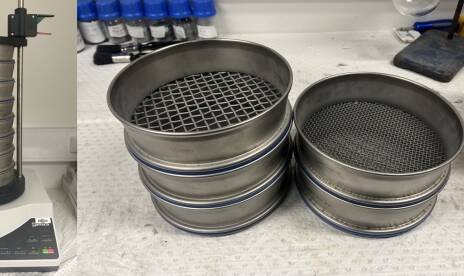
A new process of recycling solar panels will allow millions of tonnes component materials to be recycled rather then be sent to landfill.
Recycling solar panels thoroughly has proven difficult because the individual parts, such as glass, silicon, metals, wiring and plastic, are integrated in a way that makes them hard to separate.
To be reused, solar panel components need to be carefully separated to avoid contamination with other materials.
That means the vast majority of solar panels could end up in landfill, rather than being recycled to the benefit of the environment.
But a team from UNSW Sydney's ProMO lab has developed a process which offers an effective separation of 99 per cent of photovoltaic cell particles.
"PV panels usually last for around 20 or 25 years, so given the growth in domestic solar power since the 1990s we can see there is a very pressing and urgent problem to deal with those first generation of panels that are coming to their end-of-life," team leader Professor Yansong Shen said.

"We want to reuse and recycle those panels, but at the moment there is very limited research and very limited technology to allow us to do so effectively and prevent them from just ending up in landfill.
"Putting solar panels into landfill is a big issue because there are a number of harmful metals in the panels that can pollute the soil and pollute the water. So for environmental reasons we also need to find a better way to recycle the panels.
"At the same time, the end-of-life is a source of many valuable metals like silver if they can be properly recycled."
According to estimates from the International Renewable Energy Agency, the cumulative PV waste volume on a global scale will reach up to eight million tonnes by 2030. And that figure soars to potentially up to 78 million tonnes of waste by 2050 as successive generations of solar panels installed at the start of the century come to their end-of-life.
The ProMO research team at UNSW calculate that between 5-50 million kilograms of silver could potentially be recycled from the cumulative waste by 2050 using their process, given that the equivalent of around 0.64kg of silver per tonne of PV waste has been recovered in tests.







